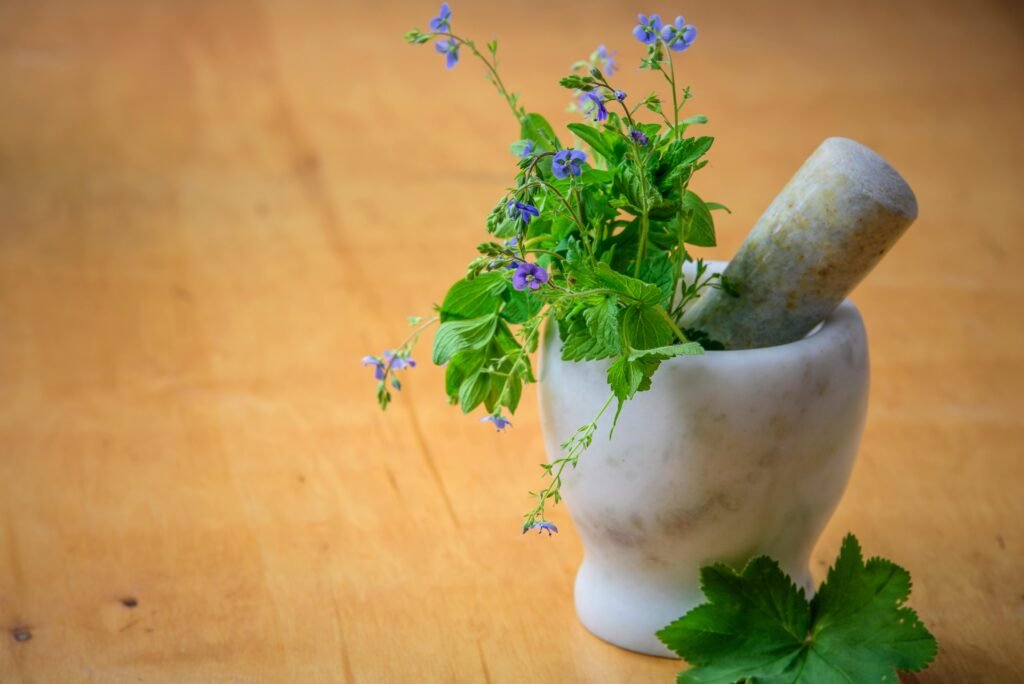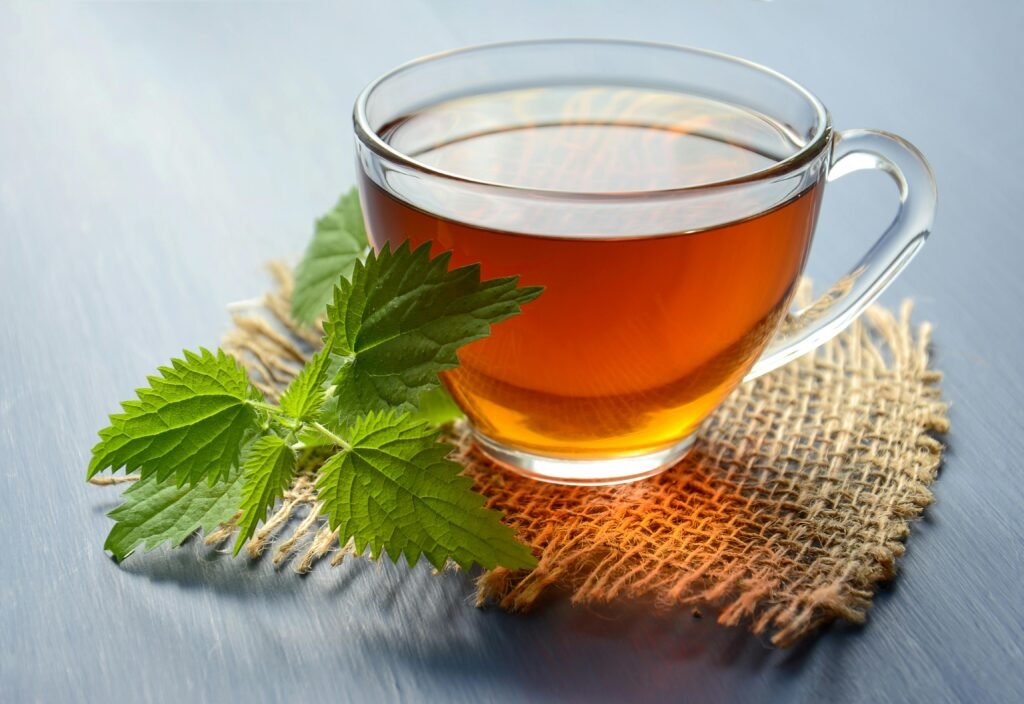When you’re suffering from pain, finding natural relief methods can be both a safer and more accessible option. Whether it’s chronic pain, arthritis, or everyday aches, many people look for ways to manage their symptoms without relying on prescription medications. One of the best natural pain relief methods includes a combination of herbal remedies, dietary changes, and physical therapies.
Using herbs like turmeric and willow bark can help reduce inflammation and discomfort. Foods rich in omega-3 fatty acids, such as fish and flaxseed, may also play a role in mitigating pain. Additionally, simple exercises and physical therapies can significantly improve your condition by strengthening muscles and enhancing flexibility.
It’s essential to explore different options and find what works best for you. Complementary techniques like acupuncture or massage therapy can offer additional relief. By integrating various natural strategies, you can effectively manage your pain and improve your overall quality of life.
Key Takeways
- Combining herbal remedies, dietary changes, and physical therapies is effective for pain relief.
- Herbs like turmeric and foods rich in omega-3s can reduce inflammation and pain.
- Physical exercises and complementary therapies like acupuncture can enhance pain management.
Understanding Pain and Natural Alternatives
Pain can disrupt your life, making even small tasks hard to manage. Conventional medications can help, but they often come with side effects. Natural alternatives offer another way to address pain without some of these risks.
The Nature of Pain
Pain is not just a physical feeling; it also involves your brain and emotions. Pain signals travel from nerve endings through your spinal cord to your brain. Acute pain is short-term, like a sprained ankle. Chronic pain lasts longer, often without a clear cause.
This understanding can help you choose better ways to manage your pain. Knowing this process reveals why certain natural alternatives may be effective. For instance, mindfulness can change how your brain processes pain signals.
Limits and Risks of Conventional Medications
Medications are often the first choice for pain relief. Common ones include opioids, NSAIDs, and acetaminophen. While effective, these drugs can have many side effects such as nausea, dizziness, or even addiction.
Natural pain relievers can be a safer option. Herbal remedies like turmeric or ginger have anti-inflammatory properties. Techniques such as acupuncture and yoga can also help relieve pain. These alternatives often have fewer side effects compared to conventional medications.
Herbal Remedies for Pain Management
Herbs like turmeric, ginger, boswellia, and white willow bark have been studied for their pain-relieving properties. Each of these remedies offers unique benefits due to their specific active compounds.
Turmeric and Curcumin
Turmeric contains curcumin, its key active compound. Curcumin has strong anti-inflammatory and antioxidant properties. Studies suggest it can help reduce pain and inflammation, especially in conditions like arthritis.
You can find turmeric in capsules, powders, or fresh roots. Incorporating it into your diet can be as simple as adding it to soups, stews, or smoothies. Some people find relief from taking curcumin supplements, which offer a more concentrated dose than dietary turmeric.
Ginger: A Potent Anti-Inflammatory
Ginger is another herb with significant anti-inflammatory benefits. It contains compounds called gingerols and shogaols, which help reduce inflammation and pain. Research suggests ginger can be effective in managing pain from arthritis and muscle soreness.
You can consume ginger as a tea, in cooking, or through supplements. Fresh ginger root can be grated into dishes, while ginger tea can offer soothing comfort. Some people use ginger essential oil for topical relief, though it’s important to dilute it with a carrier oil.
Boswellia: Frankincense in Pain Relief
Boswellia, also known as frankincense, has been used traditionally for its anti-inflammatory effects. The active compounds in boswellia are boswellic acids, which help reduce inflammation and pain, particularly in conditions like osteoarthritis.
Boswellia can be taken in capsule or tablet form. Some people also use frankincense essential oil, diluted in a carrier oil, for topical pain relief. Regular use has been shown to improve joint function and reduce pain.
White Willow Bark and Salicin
White willow bark contains salicin, which converts to salicylic acid in the body, similar to aspirin. It has been used for centuries to treat pain and inflammation. Studies indicate that it can alleviate lower back pain, osteoarthritis, and headaches.
You can consume white willow bark as a tea, tincture, or in capsule form. It is often considered a natural alternative to synthetic aspirin. However, you should be aware of potential stomach upset and consult a healthcare provider before use, especially if you have existing conditions or are taking other medications.
Dietary Approaches to Reducing Pain
Making dietary changes can help in managing pain and reducing inflammation. Certain diets and foods are especially beneficial in targeting arthritis pain and other inflammatory conditions.
Anti-Inflammatory Diet Basics
An anti-inflammatory diet focuses on reducing foods that cause inflammation and increasing those with anti-inflammatory properties. Essential elements include consuming more fruits and vegetables, especially those high in antioxidants and flavonoids. For example, berries, leafy greens, and bell peppers are excellent choices.
Whole grains like oats and brown rice replace refined grains. Healthy fats, such as those found in olive oil and avocados, are also key. Lean proteins including fish, which is rich in omega-3 fatty acids, help reduce inflammation. Processed foods and trans fats, which promote inflammation, should be limited or avoided entirely.
Pain-Relieving Foods and Supplements
Some foods and supplements are known for their pain-relieving effects. Pineapple contains bromelain, an enzyme that helps reduce inflammation and pain. Fatty fish like salmon are high in omega-3 fatty acids, which can alleviate arthritis pain.
Turmeric, with its active compound curcumin, is another powerful anti-inflammatory agent. Ginger, often used in teas or cooking, also has pain-relieving properties. For supplements, consider omega-3 capsules and turmeric extracts, but always consult a healthcare provider before starting any new supplement to ensure it’s appropriate for you. Supplements can provide concentrated sources of beneficial compounds when getting enough from food alone is challenging.
Physical Therapies and Exercise
Physical therapies and exercise can be effective in managing pain, especially for conditions like muscle pain and back pain. Different types of physical activities, including yoga and stretching, can benefit tendons and ligaments. Recovery strategies in physical therapy help improve overall well-being and reduce discomfort.
The Role of Exercise in Pain Relief
Exercise is a key component in managing pain. Regular physical activity, such as running or swimming, can help strengthen muscles and reduce discomfort. Exercise promotes blood flow to injured areas, aiding in recovery and reducing inflammation.
For instance, aerobic exercises improve cardiovascular health and can reduce muscle pain. Strength training helps build muscle that supports joints and reduces strain on tendons and ligaments. Even light exercises like walking can alleviate back pain by promoting flexibility and reducing stiffness.
Engaging in consistent exercise can also release endorphins, which are natural painkillers produced by the body. Endorphins help improve mood and reduce the perception of pain. Establishing a regular exercise routine is a practical strategy for long-term pain management.
Yoga and Stretching for Muscle and Joint Pain
Yoga and stretching are excellent for relieving muscle and joint pain. These exercises combine physical postures, breathing exercises, and meditation, making it effective for reducing stress and muscle tension. Certain yoga poses target specific areas like the back and hamstrings, which helps in alleviating back pain.
Stretching exercises improve flexibility and range of motion, making daily activities easier and less painful. Gentle stretches can help lengthen tight muscles and tendons, reducing discomfort and preventing future injuries.
Incorporating yoga and stretching into your daily routine can be simple. Poses like the child’s pose or downward dog are easy to perform and provide significant relief for muscle pain. Regular participation in these activities can enhance overall mobility and reduce the likelihood of chronic pain.
Physical Therapy and Recovery Strategies
Physical therapy focuses on rehabilitation techniques to manage pain and promote recovery. Therapists use various modalities, such as massage, heat, and ice treatments to reduce inflammation and pain. Patients with conditions like neuropathic pain benefit greatly from these approaches.
A tailored physical therapy program includes exercises designed to strengthen specific muscle groups. For example, patients with back pain might focus on core-strengthening exercises. This type of targeted exercise helps stabilize the spine and reduce pain over time.
Recovery strategies often involve a combination of treatments, including manual therapy and exercise regimens. Aquatic exercises are particularly useful for patients who experience pain during weight-bearing activities. The water’s buoyancy reduces strain and allows for a wider range of movement.
Complementary Techniques and Alternative Therapies
Complementary and alternative therapies can help reduce pain and improve mental health. These techniques often focus on holistic approaches and can offer benefits like stress relief and relaxation.
Acupuncture and Eastern Approaches
Acupuncture has long been used to reduce pain by targeting specific points on the body. This practice involves inserting thin needles into the skin to stimulate nerves and tissues. Some studies suggest acupuncture can help with chronic pain, including back pain and headaches. Alongside acupuncture, moxibustion is another technique that uses heat to promote healing and relaxation.
Eastern approaches often integrate herbal medicines. For example, remedies made from plants and herbs can offer relief with fewer side effects than some conventional drugs. If you’re considering acupuncture or herbal treatments, consult a healthcare provider to ensure they’re safe and suitable for you.
Mindfulness and Meditation
Mindfulness and meditation are effective relaxation techniques that can reduce stress and help as natural pain relief. Meditation involves focusing your mind and calming your thoughts, which can improve mental health and emotional well-being. There are various types of meditation, such as mindful breathing and guided imagery, each offering unique benefits.
Mindfulness practices teach you to stay present and aware, which can help manage chronic pain. Practicing even a few minutes daily can lead to significant improvements in how you feel. These techniques can also help with sleep and reduce anxiety, which are often linked to chronic pain conditions.
Aromatherapy and Essential Oils
Aromatherapy uses essential oils to promote relaxation and reduce pain. Essential oils like lavender and eucalyptus can be used in diffusers, baths, or massages. Lavender essential oil is known for its calming properties and can help reduce stress and improve sleep quality. Eucalyptus oil has anti-inflammatory effects and can soothe sore muscles.
Aromatherapy is easy to incorporate into daily routines and offers a natural way to manage pain. Always use essential oils according to guidelines and consult with professionals, especially if you have allergies or sensitivities.
Frequently Asked Questions
Explore various natural pain relief methods, including herbal remedies, natural foods, and supplements. Learn about ways to manage specific types of pain and the role of the body’s own pain inhibitors.
What are effective herbal remedies for managing pain without medication?
Herbal remedies like turmeric, ginger, and willow bark can help manage pain. These herbs have anti-inflammatory and pain-relieving properties. For instance, turmeric contains curcumin, which is known to reduce inflammation and pain.
Can certain foods act as natural pain relief?
Yes, foods like cherries, fatty fish, and green leafy vegetables can act as natural pain relievers. Cherries contain antioxidants that reduce inflammation, while omega-3 fatty acids in fish like salmon have anti-inflammatory effects.
Which supplements are supported by research for natural pain relief?
Supplements like glucosamine, chondroitin, and omega-3 fatty acids are supported by research. For example, glucosamine and chondroitin are often used to manage osteoarthritis pain.
What strategies are best for alleviating neuralgia using natural remedies?
Capsaicin cream, derived from chili peppers, can help reduce nerve pain. Additionally, alpha-lipoic acid supplements and acupuncture are also considered effective for alleviating neuralgia.
What non-pharmacological options are available for postoperative pain management?
Non-pharmacological options include physical therapy, acupuncture, and transcutaneous electrical nerve stimulation (TENS). These methods can help manage pain without the need for medication.
How do endogenous pain inhibitors work within the body to reduce discomfort?
The body naturally produces endorphins and enkephalins, which are chemicals that reduce pain. These endogenous pain inhibitors bind to pain receptors in the brain and spinal cord, helping to block pain signals.





